#bertie einstein
Text

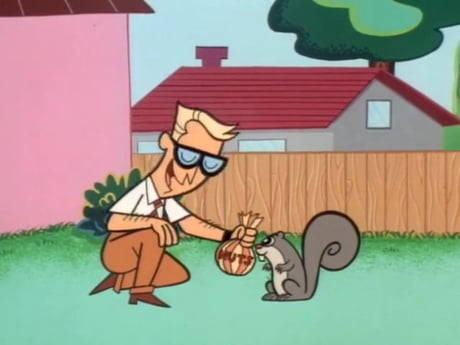
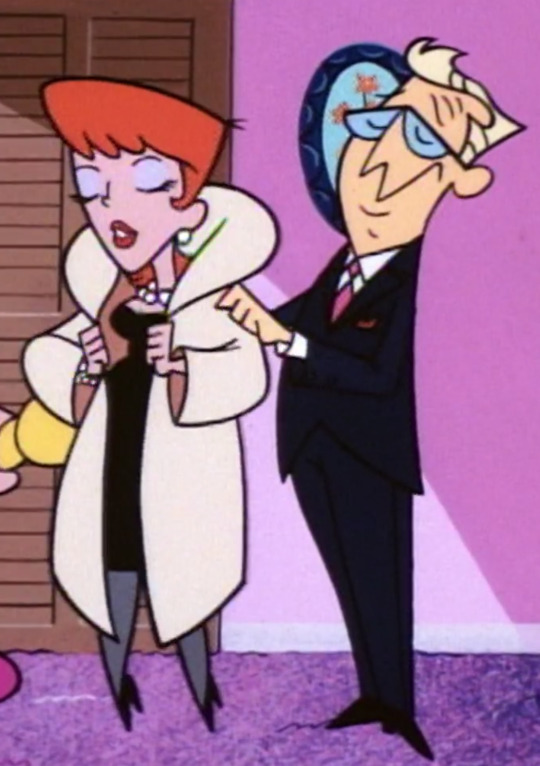
Can we be real, he's just as attractive as his wife.
#dexterslaboratory#dextersdad#dexter's dad#dexter’s laboratory#dexters mom#maggie einstein#bertie einstein#dexter's mom
10 notes
·
View notes
Text
Ich weiß gar nicht, wieso ich Berti immer so scary fand (okay doch, es ist wohl ziemlich offensichtlich), der ist ja voll der Süße!!!<3

#schloss einstein#weiss nicht hab die Staffeln anscheinend bisher immer übersprungen#Berti hat mein Herz#fck off Phillip
7 notes
·
View notes
Text
Are you even listening to me right now?
No I’m not, I’m to busy thinking of him
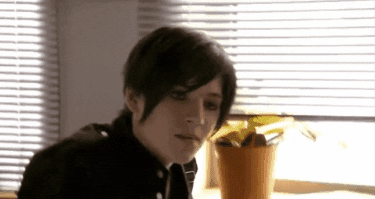
#schloss einstein#emo boy#emo aesthetic#germany#i love him#i want him#berti Fußmann#german television#German soap opera#I am literally on my knees for him
5 notes
·
View notes
Text
One Piece gave me a disease where I assign colors to characters in all the media I consume.
#zolf blue#sasha black#hamid purple#grizzop green#azu pink#einstein brown#oscar wilde maroon#bertie yellow#yep yep yep#idk does everyone do this actually? i dont know.
1 note
·
View note
Text
Bertie - Inspector Spacetime
Bertie, played by Andy Serkis, was a young German stowaway on the Dimensioniser in the Sixth Inspector serial "Spacewhip" from Season 22:
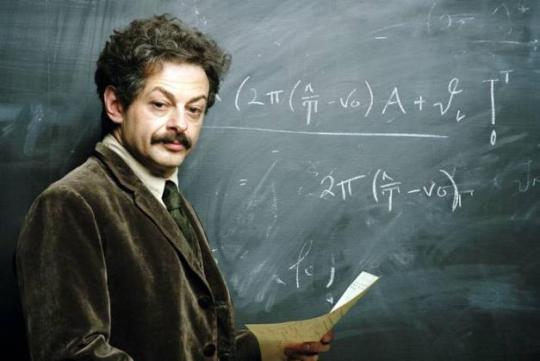
When the Sixth Inspector investigates a mysterious interspatial "bridge" between the planet Felkar in the triple star system of Gliese 667 and the Swiss Patent Office in 1904—almost 23 light years apart—he and Pippi meet a bright young clerk who introduces himself as Bertie. Meanwhile on Felkar, the villainous dictator Darob is planning to trick his political opponents into taking a one-way ride to Earth on the titular spacewhip by collapsing the bridge behind them... which could mean the destruction of both worlds. Fortunately, with Bertie's help, the Inspector is able to neutralize the spacetime anomaly and prevent Darob's plot.
After the Inspector deposits Bertie safely back in Bern, he reveals to Pippi that she has just met the young Albert Einstein and the phenomenon connecting the two worlds will be called an Einstein-Rosen Bridge.
When the Inspector tells Bertie that "the separation between past, present, and future is only an illusion, although a convincing one", this is in fact a quote from the future Einstein himself.
0 notes
Text
in order to celebrate 600 followers (i'm only slightly rounding it up) i'd like to play another dress up for the upcoming new year's party.
37 notes
·
View notes
Text
Find's toll, wie Schloss Einstein immer diverser wird. Hab nochmal nachgeguckt, wie das in den Staffeln war, die ich in meiner Jugend hauptsächlich mitverfolgt habe (Staffel 14 und 15) und es hat sich wirklich stark verbessert.
Damals:
Der komplette jugendliche Cast war weiß
Einzige nicht-weiße Person im kompletten Cast war Frau Miesbach
Nur Hetero-Lovestorys
Diversity Win: Jo sitzt im Rollstuhl, Tamas und Sándor kommen aus Ungarn, Mary und Liz sind Halb-Amerikanerinnen, Berti ist Emo
Heute
Von 18 Leuten im jugendlichen Cast sind fünf nicht weiß, also knapp über ein Viertel
Im Erwachsenen-Cast gibt es mit Frau Miesbach, Frau Amani und Direktor Chung drei nicht weiße Lehrkräfte
Mit Jules de Groote (Rolle Julia) gibt es eine nicht-binäre Person im Cast, die im Schloss Einstein Total Privat Podcast auch darüber reden durfte.
Es wird regelmäßig gegendert, was dadurch normalisiert wird
Nach einer wlw Lovestory gibt es jetzt die erste mlm Lovestory
In Staffel 26 gab es erstmals Sensitivity Reading, was in den kommenden Staffeln weiterhin ein fester Bestandteil bei der Drehbuchentwicklung sein soll
Ich bin total froh, dass die Kids so viel gut erzählte Diversity schon direkt im Kinderfernsehen sehen können und quasi damit aufwachsen. Ich hab damals fast alles über queere Identitäten durch Tumblr gelernt und das erste Medium, in dem ich mich repräsentiert gefühlt habe, war Radio Silence von Alice Oseman. Und als ich das gelesen habe, war ich schon 18.
Ich empfehle auch sehr den Talk von Yvonne Abele (Produzentin von Schloss Einstein) bei den Medientagen Mitteldeutschland zum Thema "Diversität in den Medien", wo auch ein bisschen auf Schloss Einstein eingegangen wird.
100 notes
·
View notes
Text
Azu is the youngest member of the LOLOMG, even if we count all the NPCs that unoficially joined the party! A thing no one would ever know because she is the only one with emotional maturity and an once of common sense.
Bertie is Bertie and I'm really glad they never met. Sasha is just looking for dark corners. Zolf needs projects and he'll just leave at points because it's too much. Hamid is just putting himself in situations. Grizzop refuses to stop and keeps moving foward without a plan. Cel is actualy more emotionally mature than people give them credit for... would still turn themselfs into a robot for shits and giggles if unsupervised.
Than we have Einstein who I love but also like he would totaly hide a zombie bite. The ultimate himbo Ed. Earhart who is just "if it takes sacrifícing myself and everyone around me to kill a dragon I will". Wilde didn't noticed he was being cursed for months because not sleeping for a month because of nightmares that make you bleed it's just a shitty wednesday I guess? Carter is just a bunch of issues in a trenchcoat. Barnes makes Zolf seems emotionally open. Kiko is actually okay and the love of Azu's life, good for her. Skraak is the new "I'm fine" meme after Wilde just gave up (not in a healthy way either). Sassra (and look Cel is here again and so is Zolf) is just trying to fix problems she can't fix forever and ever.
Azu is dealing with her own baggage while having to deal with everyone else because she is somehow the adult in the room! She is 13 (mentaly she is in her early 20's but still). She is baby. What a queen.
7 notes
·
View notes
Text
RQG SEXYPERSON COMPETITION MASTERPOST
Each round will last a week.
ROUND ONE
POLL A:
ada lovelace VS albert einstein VS amelia earheart VS amelie rose VS apophis VS ashen VS atsuanuub VS augusta leigh VS aziza hawaa al-tahan VS azu
WINNER: azu
POLL B:
barret racket VS bertus VS sir bertrand "bertie" macguffingham VS bi ming gusset VS bolla smok VS brock VS bronc VS celquinthion sidebottom VS charles babbagge VS chinua
WINNER: celquinthion sidebottom
POLL C:
cicero VS draal VS driak VS edward keystone VS eldarion VS elijah wormwood VS emeka VS eren fairhands VS eva van djik VS feryn smith
WINNER: edward keystone
POLL D:
figgis VS francois henri VS franz kafka VS friedrich (airship) VS friedrich (cult of apollo) VS gideon marsten-langdon VS gragg coulson VS grizzop drik acht amsterdam VS guivres VS hamid saleh haroun al-tahan
WINNER: grizzop drik acht amsterdam
POLL E:
harrison campbell VS hawaa layla halima VS hirald smith VS howard carter VS isaac newton VS jacques piaget VS james barnes VS jasper VS jean-luc bolieau VS jeremy
WINNER: james barnes
POLL F:
khantu VS kiko VS kondha VS la gourmande VS lady starling VS liliana beekos VS little VS maximus VS lord byron VS marie curie VS meerk
WINNER: kiko
POLL G:
mr ceiling VS natun VS nikola tesla VS oscar wilde VS paulette loup VS rakefine VS richard haringay VS sagax VS saira hawaa layla al-tahan VS saleh amoun al-tahan
WINNER: oscar wilde
POLL H:
saleh ibrahim al-tahan VS sasha racket VS sassraa VS selene souchet VS shoshva VS siggif VS skraark VS sohra VS sumutnyerl VS tadyka
WINNER: sasha racket
POLL I:
thomas edison VS vesseek VS vivianne messier VS yoshida shoin VS zolf smith
WINNER: zolf smith
ROUND TWO
POLL A:
azu VS celquinthion sidebottom VS edward keystone
WINNER: celquinthion sidebottom
POLL B:
grizzop drik acht amsterdam VS james barnes VS kiko
WINNER: james barnes
POLL C:
oscar wilde VS sasha racket VS zolf smith
WINNER: oscar wilde
ROUND THREE
celquinthion sidebottom VS james barnes VS oscar wilde
WINNER: oscar wilde
#rqg#rusty quill gaming#rqg sexyperson#polls#poll#alexander j newall#lydia nicholas#bryn monroe#james ross#helen gould
58 notes
·
View notes
Text
Können wir mal kurz darüber sprechen, what a mess die letzten 8 Folgen von Staffel 12 sind!?
Mia hat Mounir erneut beim Dopen erwischt, obwohl er ihr geschworen hatte, es bleiben zu lassen. Trotz ihrer Pläne, gemeinsam nach London zu gehen, prangert sie ihn vor versammelter Mannschaft an und beendet somit nicht nur ihre Beziehung, sondern auch Mounirs Karriere im Profisport.

Schloss Einstein S12E45
Mounir ist stinksauer und wirft Mia vor, alles kaputt gemacht zu haben und Episode 577 endet damit, dass er am Boden zerstört ist.
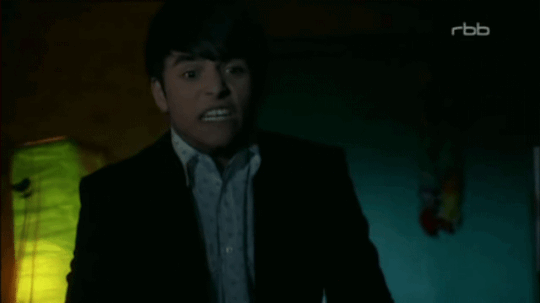
Schloss Einstein S12E45
I mean, er hat quasi alles verloren, was ihm je etwas bedeutet hat und er fühlt sich verraten von Mia und gibt ihr die Schuld an Allem - was zugegebenermaßen nicht ganz fair ist aber ich kanns schon verstehen - und in den nächsten 7 Folgen wird es einfach mit keinem Wort erwähnt!??!?! Der arme Junge hat sich die Seele aus dem Leib geschrien und hätte wirklich eine Umarmung von Manuel gebraucht und es wäre einfach so interessant gewesen zu sehen, wie Mounir damit umgeht. Vor allem auch nachdem er selbst Ole damals verraten hatte, als dieser mit Drogen gedealt hat. Und mit seinem eigenen Hang zum Alkoholmissbrauch. Das wäre die Gelegenheit gewesen, ihm als Charakter nochmal so viel mehr Tiefgang zu geben. Aber statt einer Szene mit Manuel, in der er ihn hält, ihn beruhigt, ihm sagt, dass alles gut werden wird, kommt Mounir einfach drei ganze Folgen nicht vor!?
Ich bin es zwar gewöhnt, dass einzelne Handlungsstränge hinten runter fallen und vielleicht auch in Vergessenheit geraten, aber ich soll ernsthaft glauben, dass Mounirs Verhalten keinerlei Konsequenzen seitens der Schule oder seines Vaters nach sich zieht? Es wird einfach weiter gemacht, als wäre NICHTS gewesen? Wir sehen Mounir einige Episoden lang nicht, und wenn er dann wieder da ist, lacht er gemeinsam mit Manuel, als wäre nicht gerade erst sein gesamtes beschissenes Leben um ihn zusammengebrochen?

Schloss Einstein S12E49
Und vielleicht hat er Mia tatsächlich nie wirklich geliebt, was ich ja noch als Erklärung akzeptieren würde, dafür, dass er ihr nach ihrer Abreise nach London keine Träne nachweint. Aber Basketball hat ihm ALLES bedeutet und ich kann mir einfach nicht vorstellen, dass er es so schnell verwinden würde, das zu verlieren!!!
Ich bin so wütend darüber, dass Mounirs Gefühle hier derart übergangen werden 🥲 und darüber, dass wir um all die Manuel/Mounir Szenen betrogen wurden, die sich aus der Situation hätten ergeben müssen... stattdessen bekommen wir Tims Schulgelddrama und ne Romanze zwischen Berti und Fe, sowie eine unnötig Tatjana plotline, der ich so absolut gar nichts abgewinnen kann
#schloss einstein#rant#manuel/mounir#mounir farsad#manuel siewert#Mia/Mounir#Schloss Einstein Staffel 12#selten hat mich ne Kinderserie so wütend gemacht#was soll das#😤😤😤
6 notes
·
View notes
Photo
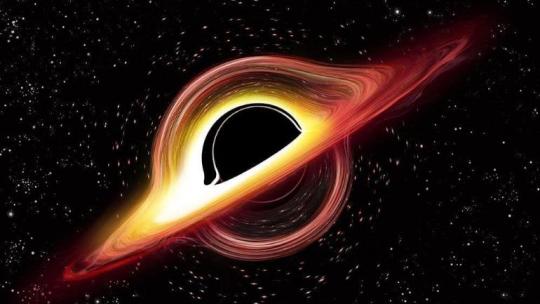
Simulations show aftermath of black hole collision New simulations of two black holes colliding near the speed of light reveal the mysterious physics of what one astrophysicist calls “one of the most violent events you can imagine in the universe.” “It’s a bit of a crazy thing to blast two black holes head-on very close to the speed of light,” said Thomas Helfer, a postdoctoral fellow at Johns Hopkins University who produced the simulations. “The gravitational waves associated with the collision might look anticlimactic, but this is one of the most violent events you can imagine in the universe.” The work, which appears today in Physical Review Letters, is the first detailed look at the aftermath of such a cataclysmic clash, and shows how a remnant black hole would form and send gravitational waves through the cosmos. Black hole mergers are one of the few events in the universe energetic enough to produce detectable gravitational waves, which carry energy produced by massive cosmic collisions. Like ripples in a pond, these waves flow through the universe distorting space and time. But unlike waves traveling through water, they are extremely tiny, and propagate through “spacetime,” the mind-bending concept that combines the three dimensions of space with the idea of time. “If a gravitational wave goes through me, it makes me a little thinner and a little taller, and then a little shorter and a little fatter,” said co-author Emanuele Berti, a Johns Hopkins physicist. “But the amount by which it does that is about 100,000 times smaller than the size of an atomic nucleus.” Physicists have studied the waves emitted after black holes merge by simplifying general relativity—Einstein’s theory of how gravity works—using equations that ignore subtle, but important, gravitational effects of the merger. Berti thinks that approach is biased because it relies on “linear approximations,” the assumption that the gravitational waves produced during the merger are weak. Although it is nearly impossible for black holes to collide at such extreme speeds, simulating such a crash produced signals strong enough for the team to detect nonlinearities, or gravitational effects that can’t be found with the simplified version of the theory. The findings suggest black hole mergers cannot be studied with linearized equations and that current models of these events need to be tweaked, if not changed altogether. “General relativity is nonlinear, which means that the gravitational waves themselves will also produce more gravitational waves,” said Mark Ho-Yeuk Cheung, a Johns Hopkins doctoral physics student who led the research. The team also spotted these so-called nonlinearities by analyzing simulations of two black holes merging after orbiting each other, a scenario that more realistically represents what happens in the universe. A study of the same simulations by an independent group of researchers at Caltech, also appears in today’s Physical Review Letters and finds similar results. “It's kind of a big deal because we cannot forget about the complications if we really want to understand black holes,” Cheung said. “Einstein’s theory is a beast; the equations are really complicated.”
10 notes
·
View notes
Text

All four of them are good friends. Both of them discovered their children's work, the former back when Dexter graduated high school, and the latter in an episode to come.
#phineas and ferb#dexters laboratory#dextersmom#dextersdad#dexter's dad#dexter's mom#maggie einstein#bertie einstein#linda flynn fletcher#lawrence fletcher#fake screenshot#screenshot edit
7 notes
·
View notes
Text
Rusty Quill Remix
I've been relistening to Rusty Quill Gaming the past few weeks, and it occurred to me to wonder what the story would be like if the characters and their backgrounds were switched around.
Just imagine:
Alexandra Rackett, called Sasha, the heiress to the Rackett shipping empire, who is determined to find her missing cousin, Brock. The only lead she has is that he was last seen in Paris. Most of the connections they make are through her contacts in her uncle's business and the ones she made during her own travels.
Zolf Smith, a paladin of Poseidon who's struggling with his faith and has stumbled into mercenary work in hopes of finding his way back. He does have a past, but doesn't like to talk about it.
Hamid Saleh Haroun al-Tehan, a reluctant member of the al-Tehan crime family, come to London to assist his sister in overseeing their operations in Other London. He wants more than anything to get away from his family, but hasn't had a chance yet.
Bertie MacGuffingham, a pirate who tangled with the wrong magic user and is under a geas that forces him to be a hero, and he hates it.
And the later additions:
Azu, an orcish cleric of Aphrodite. (Honestly, can you imagine her serving any other god but Aphrodite? No.) Initially, she wants to become head of her order, but by the end she wants to do as much good as she can in the world.
Grizzop drick acht Amsterdam, a cleric of Artemis. He's there mainly for the money, and considers himself the lone sane person amongst these people until Azu shows up.
Cel Sidebottom, a half-elven American wizard living in Japan. I really can't see their backstory changing all that much, except that they went with a different specialization when they were young.
The NPCs - Wilde, Mme. Curie, Einstein, etc. - who aren't directly tied in with the main characters would pretty much all be the same, though they would interact differently with the heroes in more than a few cases.
That's really all I have at the moment, and I'm honestly not sure if I could even write this. The project itself would be enormous, and I don't think I'm good enough to do it justice.
So, I'm putting it up for adoption, and if anybody does decide to take a stab at it, let me know so I can link to it.
#rusty quill gaming#rqg#sasha rackett#zolf smith#hamid saleh haroun al tehan#bertie macguffingham#grizzop drik acht amsterdam#cel sidebottom#rqg au#rusty quill gaming au
29 notes
·
View notes
Text
When Hermione Talks Time, We Listen (and You Should Too)
Oh, darling readers. Prepare to be entranced, because it's not every day that we gather around the proverbial fire to listen to none other than Hermione Granger weave a tale so riveting, it could make the clock's hands still (not really, but you get the drama). We just feasted our eyes on a masterpiece that is equal parts magic and science, and spoiler alert: it’s mind-blowing.
Now, we know what you’re thinking. Time is just that thing that makes you fashionably late or unfashionably early, right? Well, not to burst your bubble, but Hermione, our beloved witchy Einstein, is about to take that notion, turn it on its head, and waltz it through a reality where time is as flexible as a Cirque du Soleil performer.
Remember those moments at Hogwarts where time turned as treacherous as the staircases? Or that iconic Time-Turner that made us wish eBay had a magical section? Hermione, being the generous soul she is, pulls back the curtain to reveal a world where time is not just ticks and tocks but a dance of cosmic proportions, choreographed by the laws of relativity. Einstein who? We only know a Granger.
Let’s cut to the chase. The piece opens up like the golden snitch unveiling its wings, making us question every clock we ever glanced at. Time dilation, ever heard of her? If not, prepare for an initiation that’s akin to your first butterbeer – unforgettable and intoxicating (in knowledge, not alcohol, lest we remind you).
Imagine a clock sprinting like Usain Bolt on a train and another chilling like it’s on vacation. Spoiler: they won’t agree on the time. It's not them; it’s the universe’s rulebook, where laws crafted by the whims of speed and gravity are as binding as the Unbreakable Vow. To the uninitiated, this dance of time is as mesmerizing as the first wave of a wand, unveiling a world where every tick-tock is a clandestine waltz governed by the stars and galaxies.
And oh, the Twins Paradox. Fred and George, bless their souls, could have been the poster boys for a cosmic phenomenon that makes aging as relative as one’s affection for Bertie Bott's Every Flavor Beans. One’s sprinting through space; the other’s grounded. They reunite, and voila, they could pass for father and son rather than twins. Magic? Nope, just the universe being its whimsical self.
For the skeptics, the eyebrow-raisers, and the ‘pics-or-it-didn’t-happen’ clan, let us assure you – time dilation isn’t the mythical creature lurking in forgotten lore. It’s as real as the Hogwarts acceptance letter we’re still waiting for (no bitterness, we swear). Clocks on jets, satellites in the ether, they’re all singing the song of time dilation in perfect harmony, each note validated by the rigorous quills of science.
In the grand crescendo, Hermione, the herald of the arcane, doesn’t just offer us the golden goblet of knowledge (not the cursed one, mind you) but challenges us, dares us, to peer into the abyss of the universe with wide-eyed wonder. To question, to ponder, to unravel the mysteries that lie in the silent spaces between ticks and tocks, where time isn’t a linear march but a symphony echoing with the whispers of the cosmos.
Prepare to be enchanted, not by incantations or spellbinding charms, but by a narrative that weaves science and magic into a tapestry as mesmerizing as the night sky awash with stars. Time dilation, as narrated by Hermione Granger, isn’t a tale to be told but an experience to be lived. Every word, a spell; every sentence, a charm; beckoning us into a world where time dances to the ethereal tunes of the universe.
In this odyssey, clocks aren’t just time-keeping devices but silent witnesses to the cosmic ballet, where every tick-tock echoes the untold stories of the universe. A world where time isn’t measured in mere seconds and minutes, but in the ephemeral moments where magic and science collide, unveiling a spectacle as timeless as the tales whispered under the starlit skies of Hogwarts.
So, dearest muggles, witches, and wizards, lend Hermione your ears (not literally, that’s gross), for when she speaks of time’s enigmatic dance, even the stars, galaxies, and the boundless cosmos pause in reverence, for a tale of time dilation as mesmerizing as the most potent of spells is about to be unfurled.
Hold on to your Time-Turners, it's about to get wild.
1 note
·
View note
Text

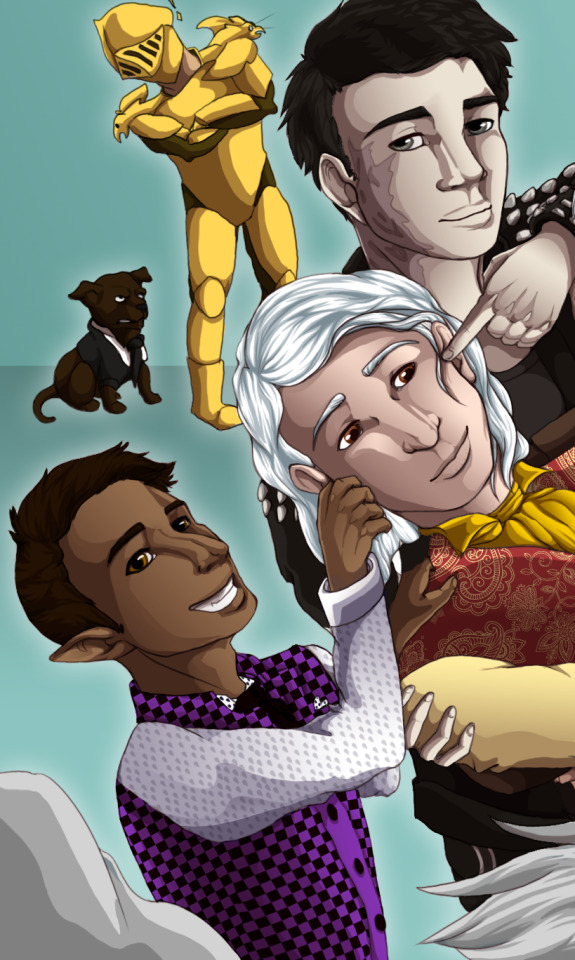
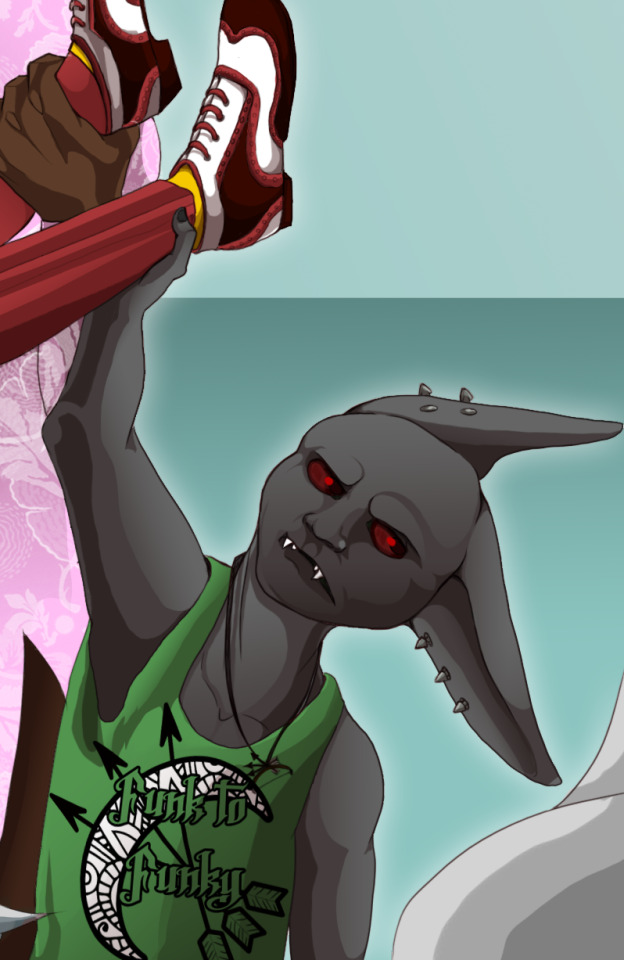
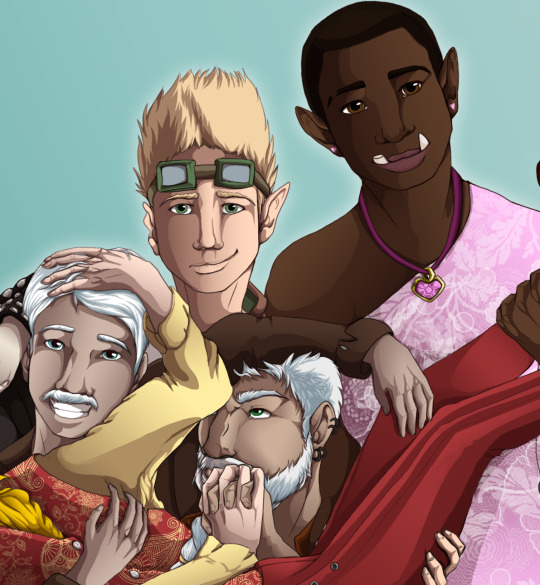
Finally finished this! It took longer than I expected, but was great practice for the coloring especially. Character choices are literally just all the lovely PC's + my two favorite NPC's (to explain Carter and Einstein) holding everyone's favorite NPC (bold statement but am I wrong??) Wilde. Bertie is there for some reason.
Mainly drew this so I could have an RQG header image, because I love this podcast.
#rqg#rusty quill gaming#oscar wilde rqg#hamid saleh haroun al tahan#sasha rackett#howard carter rqg#zolf smith#cel sidebottom#rqg azu#grizzop drik acht amsterdam#einstein rqg#sir bertrand macguffingham#brutor rqg#zoscar
55 notes
·
View notes
Text
Un buco nero quantistico che deforma lo spazio-tempo
Non il solito buco nero: ecco il solitone topologico, con una "bolla" al posto della singolarità. L’oggetto emerso dalle simulazioni di tre ricercatori della Johns Hopkins è un’ipotetica costruzione matematica basata sulla teoria delle stringhe, e mostra come in teoria potrebbero esserci corpi celesti che “copiano” i buchi neri. Ne parliamo con uno dei tre autori dello studio pubblicato questa settimana su Physical Review D, il fisico teorico Emanuele Berti, della Johns Hopkins University

In questa sequenza animata, ecco gli effetti di lente gravitazionale in assenza di oggetti lungo la linea di vista dell’osservatore, in presenza di un buco nero e, infine, in presenza di un solitone topologico. Crediti: Pierre Heidmann/Johns Hopkins University
“Corre come una lucertola, si arrampica come una lucertola, si comporta come una lucertola. Chi è? È la lucertola!”, diceva l’ineffabile Vulvia di Rieducational Channel. Ebbene, qualcosa di simile potremmo dire dell’oggetto matematico emerso da una serie di simulazioni condotte da tre scienziati della Johns Hopkins University e descritte in un articolo pubblicato questa settimana su Physical Review D: piega la luce come un buco nero, deforma lo spazio-tempo come un buco nero, sembra identico a un buco nero. Chi è? In questo caso, però, la risposta è un po’ più complicata: è un solitone topologico.
Ciò che le simulazioni mostrano è un oggetto che da lontano sembra la foto un po’ sfocata di un buco nero. Da vicino però, a ben guardare, questa strana creatura – discesa direttamente dalla teoria delle stringhe – si rivela di natura assai differente. In particolare, non ha un orizzonte degli eventi oltre il quale nemmeno la luce può uscire: dunque la luce non sparisce del tutto, diventa solo molto sbiadita nei pressi del centro dell’oggetto. «Siamo rimasti assai sorpresi», dice a questo proposito il primo autore dello studio, il fisico Pierre Heidmann. «L’oggetto sembra identico a un buco nero, ma dalla sua regione oscura esce della luce». Insomma, non si comporta come un buco nero.
Per sgomberare il campo da possibili equivoci, visto che si è accennato al fatto che emette luce, va subito detto che non stiamo parlando di buchi bianchi. «I solitoni topologici e i buchi bianchi sono cose diverse», spiega infatti a Media Inaf uno dei coautori dello studio, il fisico teorico della Johns Hopkins University Emanuele Berti. «I white holes – o “buchi bianchi” – sono un completamento matematico dello spazio-tempo che descrive un buco nero nel vuoto nella relatività generale (tecnicamente, “un’estensione del manifold”).
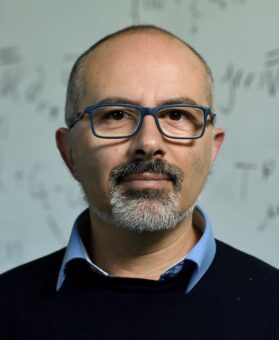
Emanuele Berti, fisico teorico e coautore dello studio pubblicato su Physical Review D, ha conseguito il dottorato alla Sapienza nel 2002 e oggi è professore alla Johns Hopkins University
Nella relatività generale, apparentemente lo spazio-tempo ha una singolarità all’orizzonte, ma questa singolarità non è reale, c’è solo perché si usano cattive coordinate – la singolarità vera è solo al centro del buco nero, dove la curvatura dello spazio-tempo è infinita. In coordinate “migliori” si può vedere che la soluzione delle equazioni della relatività generale ammette una “copia” del buco nero che è identica all’originale… a parte il fatto che il tempo scorre al contrario: tutto ne esce e niente può entrarvi.
I “buchi bianchi” non hanno – fino a prova contraria – nulla a che fare con quello che succede nel nostro universo. Si può pensare che debbano esistere perché le equazioni di Einstein, come anche il secondo principio della dinamica (F=ma), sono invarianti per inversione temporale: quindi se esiste un buco nero in cui tutto entra, deve esistere anche una soluzione che corrisponde al suo “inverso temporale”, da cui tutto esce».
«Nel caso dei solitoni topologici», continua Berti, «l’idea è diversa. Non si parte dalla teoria di Einstein, ma da teorie delle stringhe in più dimensioni. Ciò è interessante perché permette di risolvere il problema della singolarità vera che esiste al centro di un buco nero. Nelle soluzioni del nostro articolo, la singolarità centrale viene sostituita da una soluzione con topologia speciale: non c’è alcuna singolarità fisica, e il punto a curvatura infinita al centro del buco nero viene sostituito da una “bolla” che si estende nelle dimensioni extra (invisibili)».
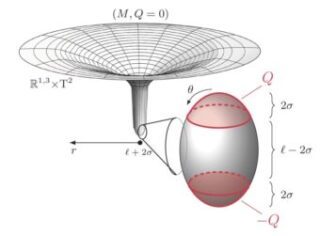
Nelle soluzioni trovate dai tre fisici della Johns Hopkins University la singolarità del buco nero viene sostituita da una soluzione con topologia speciale: non c’è più alcuna singolarità fisica, ma il punto a curvatura infinita al centro del buco nero viene sostituito da una “bolla” che si estende nelle dimensioni extra (invisibili). Una “bolla topologica” senza carica, che può essere considerata come la superficie del solitone. Crediti: Pierre Heidmann et al., Physical Review D, 2023
Va detto che, fra i tanti modelli messi a punto dai fisici teorici per capire cos’altro – oltre a un buco nero vero e proprio – potrebbe manifestarsi come un buco nero, i solitoni topologici risultano in buona compagnia: ci sono le stelle di bosoni, per esempio, ci sono le gravastar, e ci sono altri oggetti ipotetici che, con forme esotiche di materia, potrebbero esercitare effetti gravitazionali simili a quelli di un buco nero. I solitoni topologici proposti dallo studio ora pubblicato su Physical Review D, sostengono i tre autori, derivando dalla teoria delle stringhe avrebbero il non trascurabile vantaggio di riconciliare la meccanica quantistica con la teoria della gravità di Einstein.
Certo, almeno per ora è tutto confinato alla pura teoria: i solitoni topologici sono oggetti matematici, non oggetti astrofisici. «Nell’articolo non facciamo alcun riferimento al fatto che queste soluzioni esistano davvero in astrofisica, questo è importante», sottolinea Berti. «Il fatto che queste soluzioni si possono trovare non vuole dire che esistano in natura».
«Però le soluzioni sono teoricamente interessanti perché, almeno in linea di principio, il lavoro dei miei colleghi, Ibou Bah e Pierre Heidmann, ha dimostrato che alcune di queste “bolle” possono essere costruite nelle teorie di stringa e non hanno carica. Tutte le soluzioni precedenti erano cariche, ma ci aspettiamo che i buchi neri astrofisici non abbiano carica. Quindi ora siamo più vicini a costruire cose che “somigliano” a un buco nero astrofisico e sono motivate dalla teoria delle stringhe», conclude Berti. «E con l’Event Horizon Telescope, o con gli interferometri per onde gravitazionali Ligo/Virgo, possiamo verificare – entro una certa precisione – se stiamo osservando un buco nero o qualcosa di diverso».
Per saperne di più: Leggi su Physical Review D l’articolo “Imaging Topological Solitons: the Microstructure Behind the Shadow”, di Pierre Heidmann, Ibrahima Bah ed Emanuele Berti
Read the full article
#buchineriastrofisici#relativitàgenerale#singolaritàspaziale#solitone#solitonetopologico#teoriadellestringhe#whiteholes
0 notes